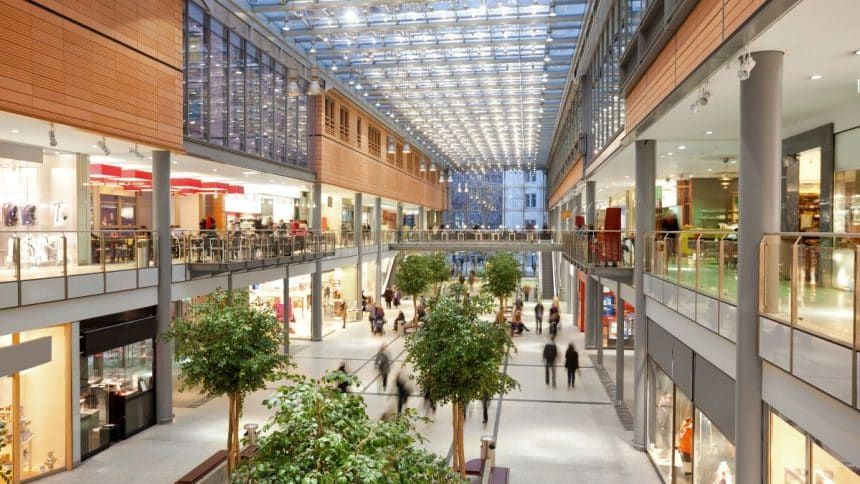India sees an increase in ‘ghost malls’ as clients prefer online shopping. According to Knight Frank India’s ‘Think India, Think Retail 2024’ research, the number of ghost malls in India has increased, particularly in Bengaluru, Delhi, and Mumbai. The trend reflects changing consumer choices for internet purchasing, resulting in vacant store space in malls. Tier 1 cities have 64 ghost malls, whereas Lucknow leads Tier 2 cities with considerable unutilized areas.
According to a recent Knight Frank India analysis, the incidence of ghost malls has increased significantly in recent years, with Bengaluru appearing as the third-most afflicted city. These malls are essentially shopping malls with a lot of unoccupied space and diminishing foot traffic, which is generally attributed to people preferring online shopping over traditional retail experiences.
Think India, Think Retail 2024: Ghost malls shopping
The report, dubbed ‘Think India, Think Retail 2024’, performed a detailed survey across 29 cities, shining light on the concerning trend. Ghost mall have become a major concern, resulting in significant financial losses worth crores of rupees. Delhi, the nation’s capital, is leading the way in this alarming trend, with the most ghost shopping centers detected.
According to Knight Frank’s statistics, Delhi has 5.3 million square feet of empty retail space, representing 58% year-on-year growth. Mumbai follows closely behind, with 2.1 million square feet of unutilized space and an 86% increase in ghost shopping centers.
- Advertisement -
The proliferation of ghost malls has been especially noticeable in Tier 1 cities, with 64 such shopping centers discovered by 2023. Lucknow, a Tier 2 city, grabs attention for having the largest ghost shopping center, with 5.7 million square feet of empty space. Jaipur, another Tier 2 city, follows suit, with 2.1 million square feet of underutilized retail space.
The underlying cause behind this increase in ghost malls is changing customer behavior, with more individuals preferring the convenience of Internet purchasing over traditional retail experiences. As a result, malls are losing footfall and trying to remain relevant in the digital age.



